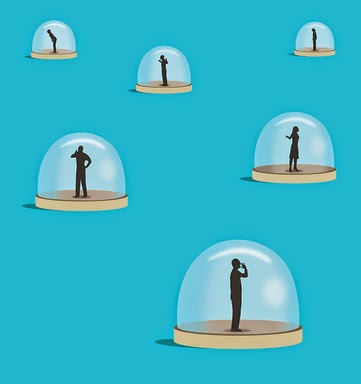In our first lecture, we learned that visual literacy is the language of design.
As illustrators our job is to communicate, we solve problems of communication through type and image.
The difference between visual literacy and visual communication is that visual communication is a process of sending and receiving messages using type and image based on a level or shared understanding of shapes, signs symbols etc. Whereas visual literacy is the idea that pictures can be read. The ability to construct meaning from visual images and type.
We also learned some more in depth key words to do with visual literacy:
Visual Syntax is a 'pictorial structure and visual organisation of elements', basically the building blocks of a picture for example framing, format, colour, font, tone, layout etc, and the way that we read that picture.
Visual Semantics is the way an image fits into a cultural process of communication and how a relationship between form and meaning is developed. Also how the meaning is passed on in terms of design. An example of this is the code of road signs, how red triangles signify warnings, how red circles give orders and how unique shapes such as the upside down gives a command, in this instance 'give way'.
Visual Semiotics is the study of signs and sign processes, closely related to linguistics, which is studying the structure and meaning of language.
Looking further into visual semiotics, we learned about image representation and language in three forms:
Visual Synechdoche: The main subject is simply substituted for something inherently connected to it, for example when a part is used to represent the whole, or vice versa.
Visual Metonym: A symbolic image that is used to make reference to something with a more literal meaning, like association as opposed to an actual link. For example most people when they think of a yellow cab they automatically think 'NEW YORK', but yellow cabs don't MEAN New York.
Visual Metaphor: Used to transfer the meaning of one image to another. So this means to compare or convey an impression about something unfamiliar and associating it with something familiar.
To conclude, I have gained a better understanding of how messages are communicated through image in a deeper sense, and how we are wired to automatically make connections and assumptions through looking further into the structure of an image. Also how that it is necessary for any language to exist that there must be an agreement between people that one thing will stand for another.











